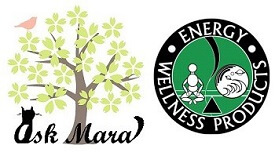No matter what your religious beliefs, meditation can help relax and calm your mind and body. Meditation relieves stress; it serves as both a preventive practice and a pain-management method. Studies show people who meditate are able to lower their blood pressure and improve their immune system functioning, according to “Arthritis Today.” With roots in the East, mediation is a centuries-old technique that has evolved and become a modern-day alternative therapy that has many forms. The following are some examples of the many ways people meditate today.
Focused Breathing
Focused breathing is a meditation technique that allows you to concentrate on breathing, its effect on your body and ability to refresh you. People who use focused breathing as a pain management and stress-reduction technique begin their sessions by relaxing their bodies and deeply inhaling and exhaling. These deep breaths rush oxygen to the cells and help clear the mind of common clutter, allowing you to focus on your body and your health.
Guided Imagery
Guided imagery is a relation technique that works as you focus on a calming scene. Some people use soft music simultaneously as they call to mind a soothing scene or image. Other think about their body, imagining their pain dissipating, their cells healing.
Prayer
Prayer becomes a form of meditation when you use the practice as a means to release your pain, fears and frustrations. Some people repeat a certain inspiring scripture or verse, one that seems to promote emotional or physical healing.
Walking Meditation
A simple stroll outside can become a meditation session when you leave behind your headphones and listen instead to your body. Clearing your mind and focusing on your breathing and body movements makes walking a mindful experience, one that rejuvenates you and reduces stress.
I feel one of the reason the chi machine is so beneficial to everyone is because it makes you take time out or your day to lye down, relax and breathe deep reducing stress.
